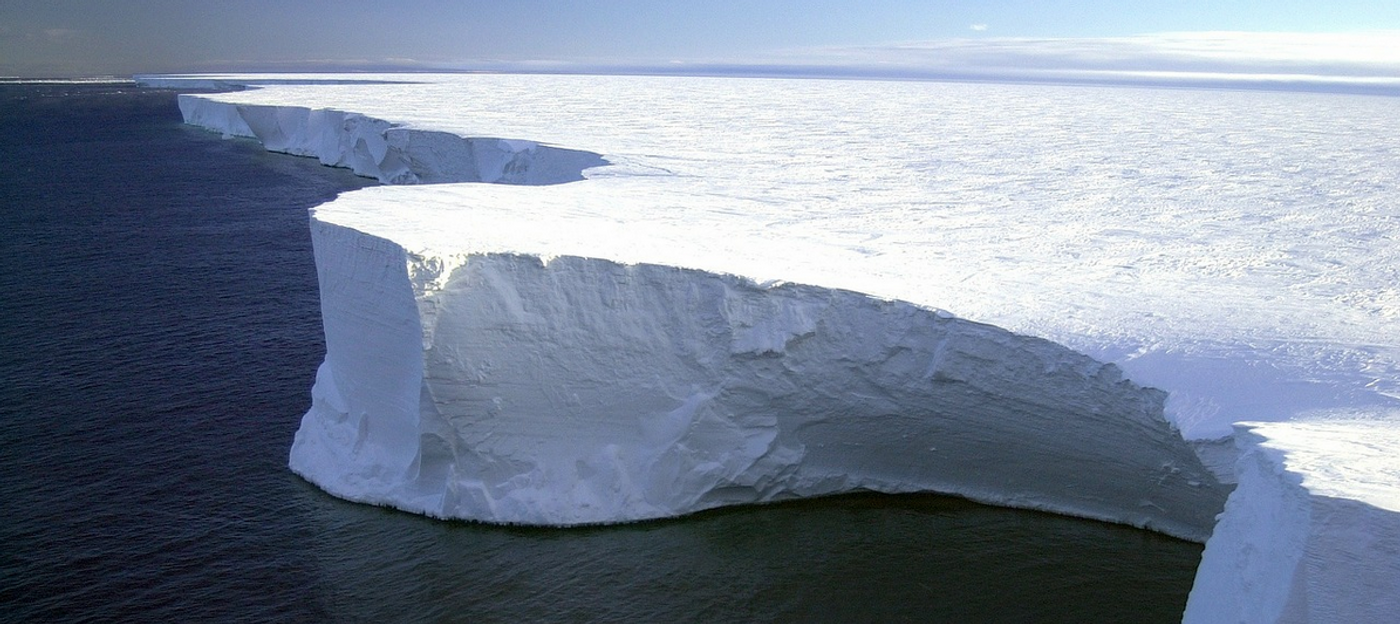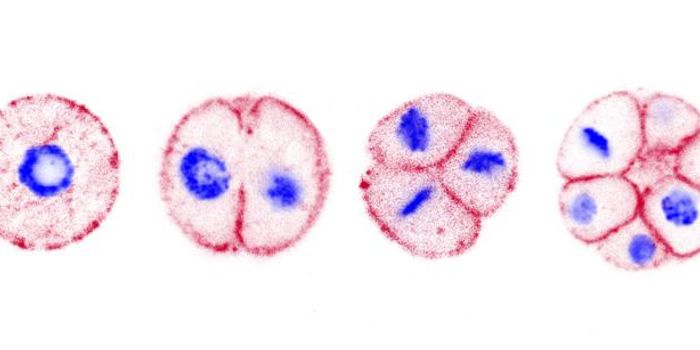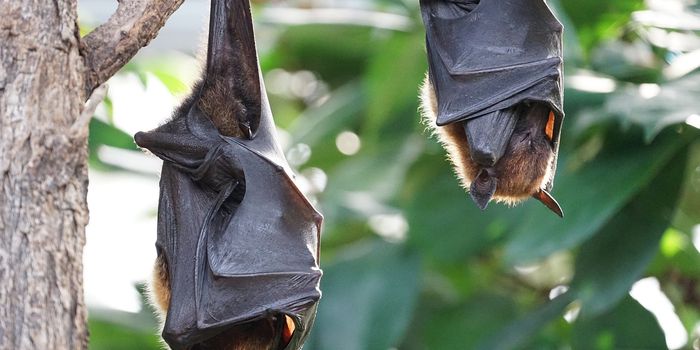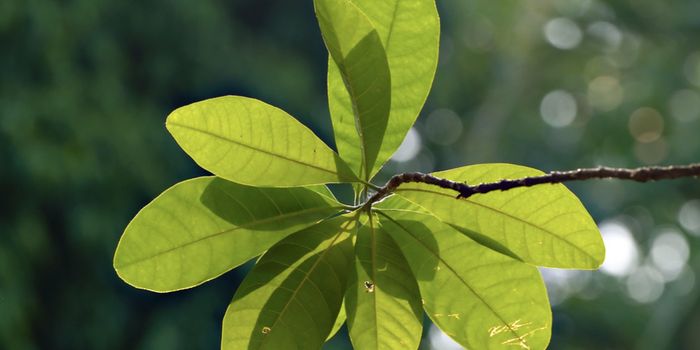Deep Under Ice in the Antarctic, Life Lurks
Scientists were surprised to find an area deep underneath Antarctica's ice shelves teeming with life. Researchers have reported findings from an exploratory project in which two holes were drilled through about 200 meters of ice near a research station called Neumayer Station III, which is on the Ekström Ice Shelf on the coast of Queen Maud Land. Life in and under ice shelves has to withstand a harsh environment where it's always very dark and extremely cold. While scientists have captured footage of life there, few samples have been recovered.
Reporting in Current Biology, researchers found rich evidence of biodiversity under the ice shelf, which was even more plentiful than what's been found in the waters of the open ocean where light penetrates and it was thought more food sources would be available. The area where the holes where drilled is several kilometers away from open waters. It had been thought there would be a reduction in life and biodiversity as one moved further away from light or open water.
The study revealed 77 species, such as serpulid worms, like Paralaeospira sicula, or bryozoans, like Melicerita obliqua.
"This discovery of so much life living in these extreme conditions is a complete surprise and reminds us how Antarctic marine life is so unique and special," said lead study author Dr. David Barnes, a marine biologist at British Antarctic Survey. Barnes found it "amazing" that there were so many kinds of animals there that are known to consume phytoplankton, no plants or algae can live there. Barnes wondered how these animals are able to not only get by, but flourish.
The researchers suggested that algae probably moves to the animals from the open ocean and under the ice shelf as water flows, generating a food web.
"Another surprise was to find out how long life has existed here," noted study co-author Dr. Gerhard Kuhn of the Alfred Wegener Institute (AWI), who added that when fragments of the remains of seafloor animals were carbon dated, the researchers found estimates that ranged from now to 5,800 years old. "So, despite living three to nine kilometers from the nearest open water, an oasis of life may have existed continuously for nearly 6,000 years under the ice shelf."
If we're going to learn more about this environment, samples will have to be taken directly. The area is already seriously threatened by climate change, so scientists will have to act quickly.
Sources: British Geological Survey, Current Biology









